
When it comes to SUV safety, the stakes couldn’t be higher. Whether you’re a parent transporting a precious cargo of children, or a solo driver who values your own safety, it’s important to know how your vehicle would fare in the unfortunate event of a collision.
The 2017 Jeep Wrangler: Failing to Meet Basic Safety Standards
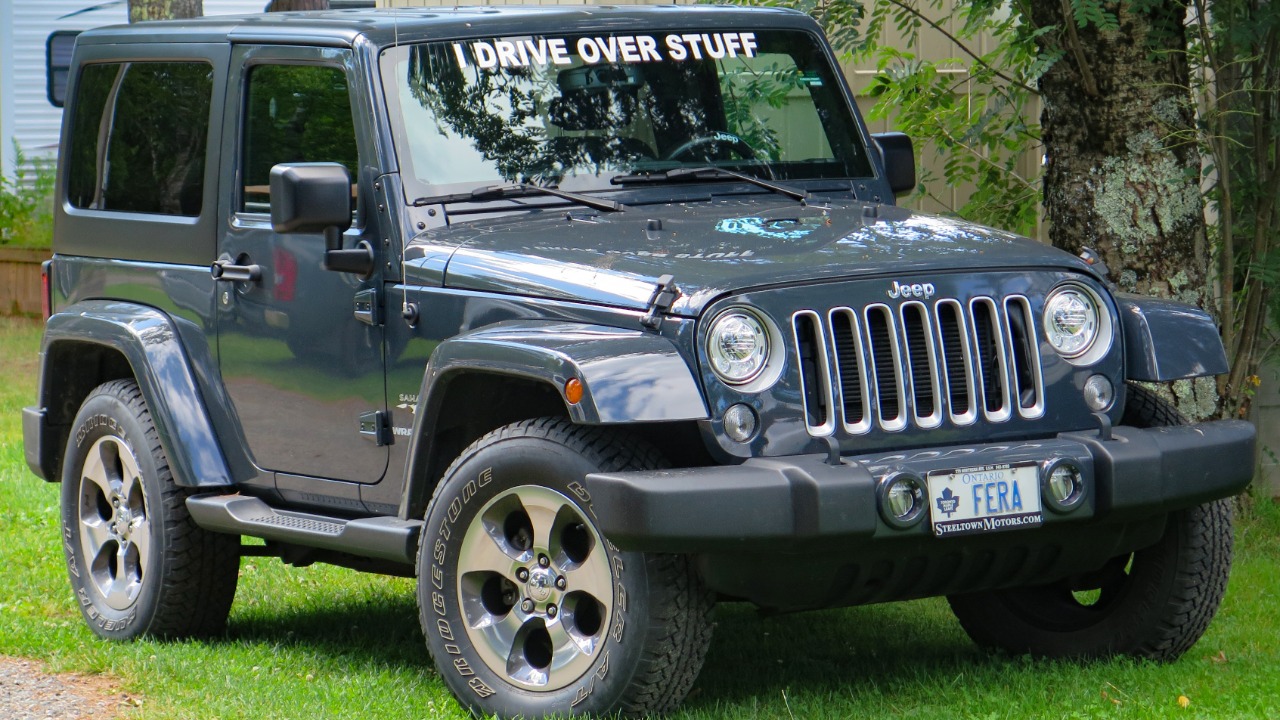
The 2017 Jeep Wrangler might look rugged, but its safety standards leave a lot to be desired. Despite its popularity amongst off-road enthusiasts, it failed to meet basic safety standards in recent crash tests. According to HowStuffWorks, it displayed subpar performance in frontal crash tests, causing concerns about driver safety.
The 2018 Ford Explorer: Unexpected Results in Crash Safety Tests
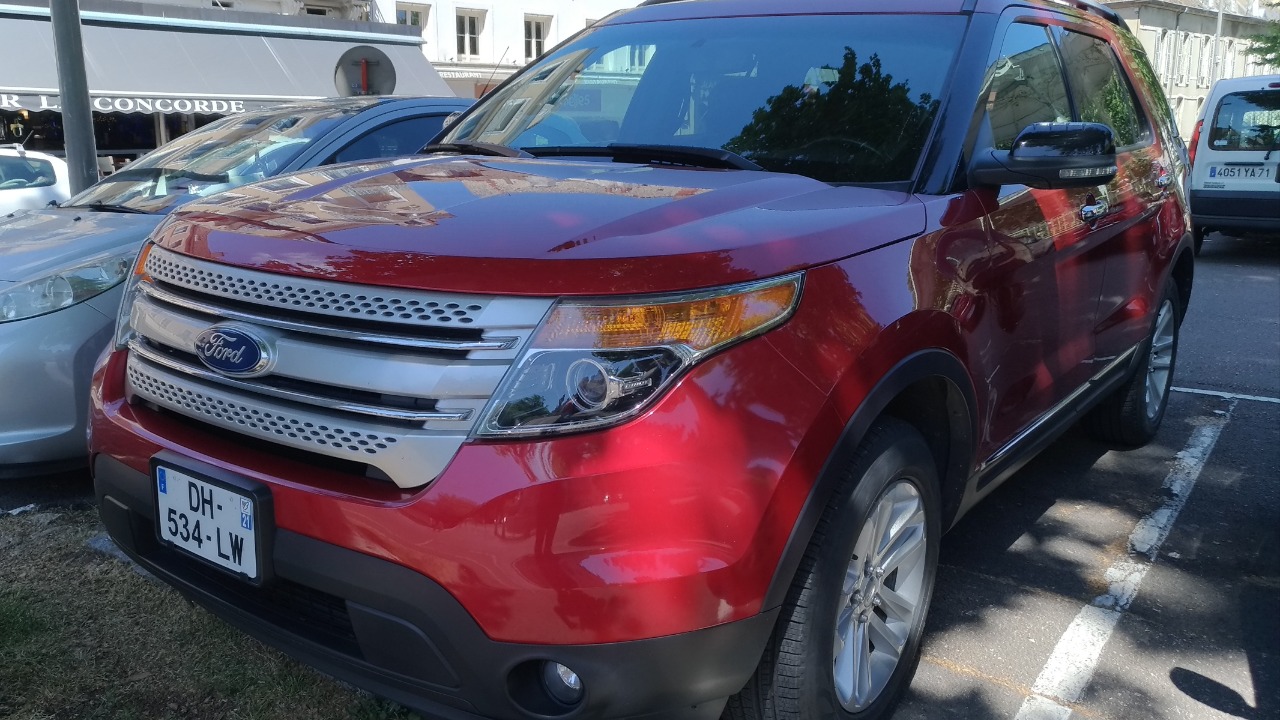
Although the 2018 Ford Explorer is considered a family-friendly SUV, it performed poorly in crash safety tests. The results were unexpected, considering Ford’s reputation for safety. Specifically, the Explorer struggled in tests evaluating passenger-side crashworthiness, raising questions about the safety of all occupants.
The 2019 Kia Sorento: A Disappointing Performance in Safety Evaluation
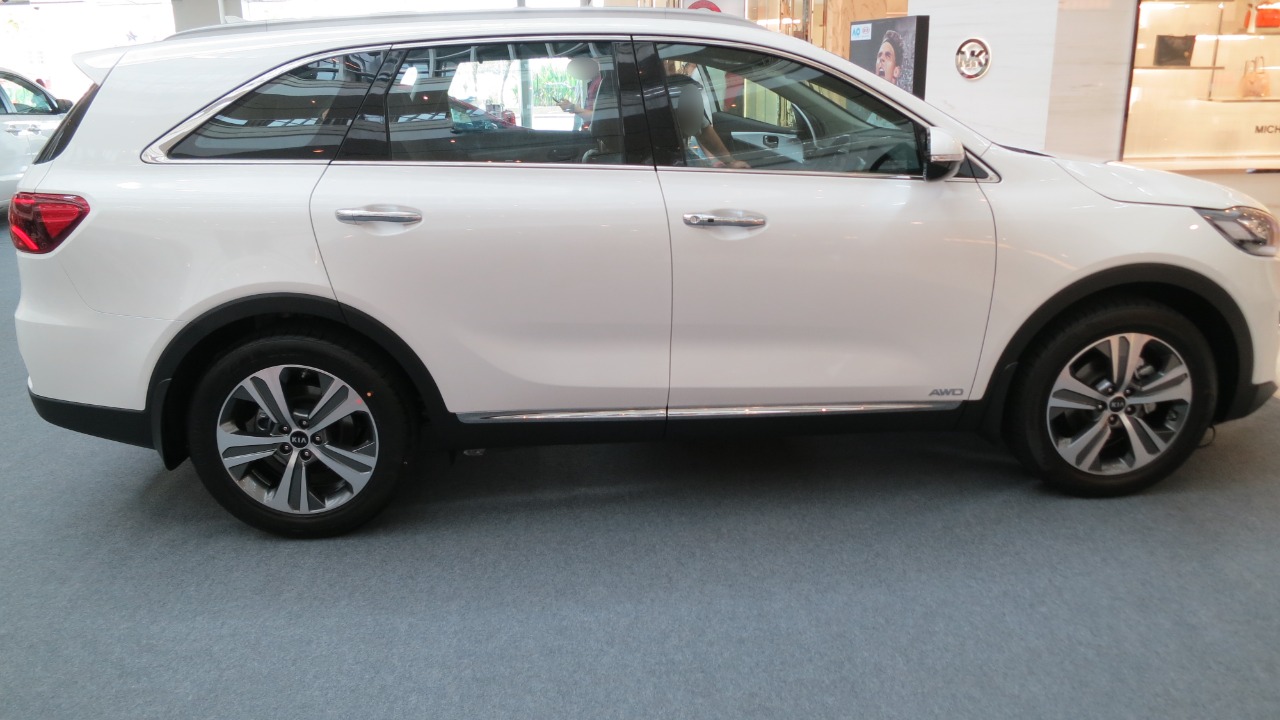
Despite its sleek design, the 2019 Kia Sorento delivered a disappointing performance in safety evaluation. It presented significant issues in side-impact tests. Moreover, the Sorento’s safety systems, such as airbags and seat belts, were found to be less effective than expected, further contributing to its poor rating.
The 2019 Chevrolet Traverse: Falling Short in Frontal Crash Tests
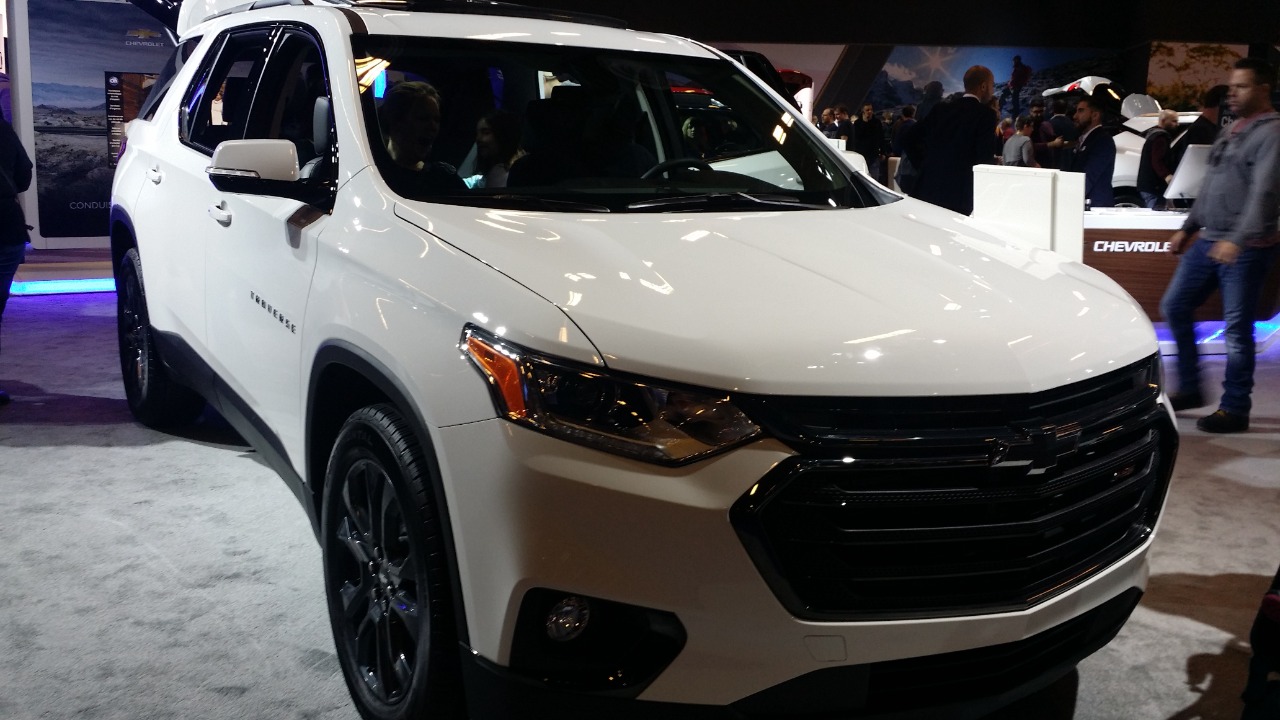
The 2019 Chevrolet Traverse was another SUV that fell short in safety tests. Most concerning were the results of frontal crash tests. According to a study published in Risk Analysis, frontal crashes are one of the most common and dangerous types of accidents. The Traverse’s poor performance in this area is therefore a significant concern.
The 2018 Toyota 4Runner: Struggling with Rollover Crashworthiness
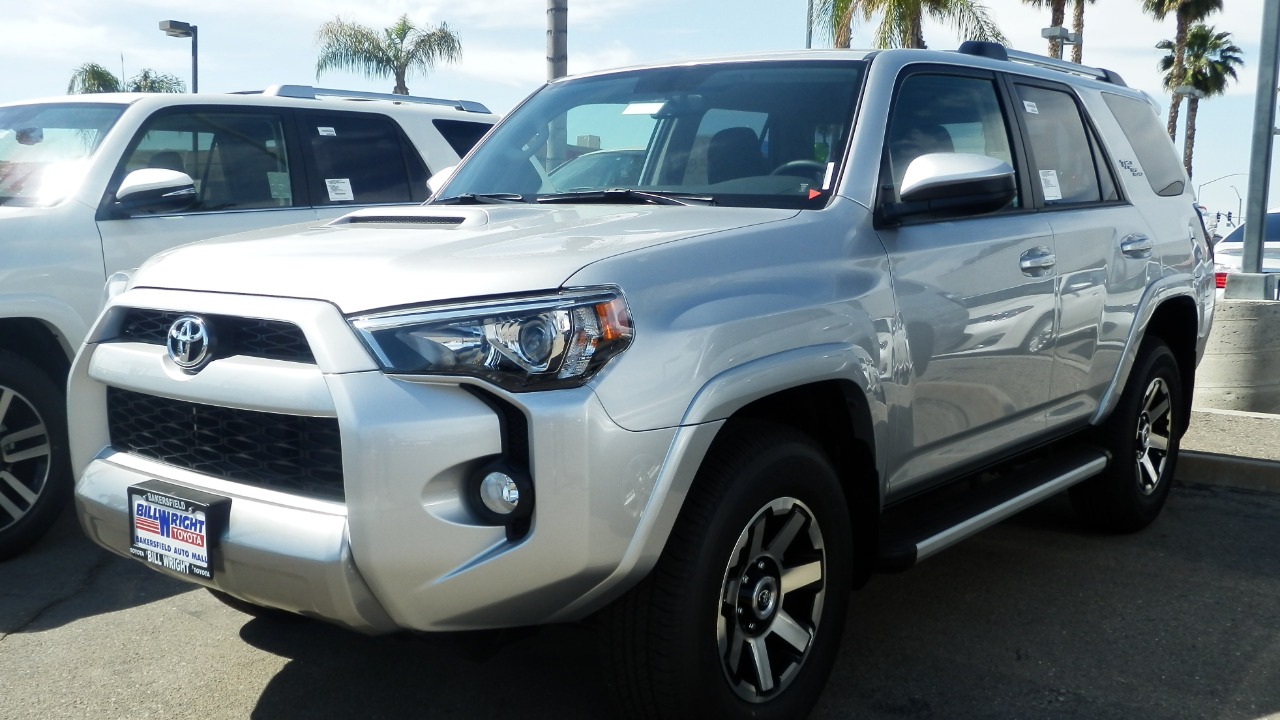
The 2018 Toyota 4Runner, popular for its off-road capabilities, struggled with rollover crashworthiness. This is particularly concerning given that SUVs, due to their higher center of gravity, are more prone to rollovers than other types of vehicles. The 4Runner’s inability to protect occupants during a rollover crash is a serious drawback.
The 2019 Dodge Journey: Underperforming in Side Impact Tests
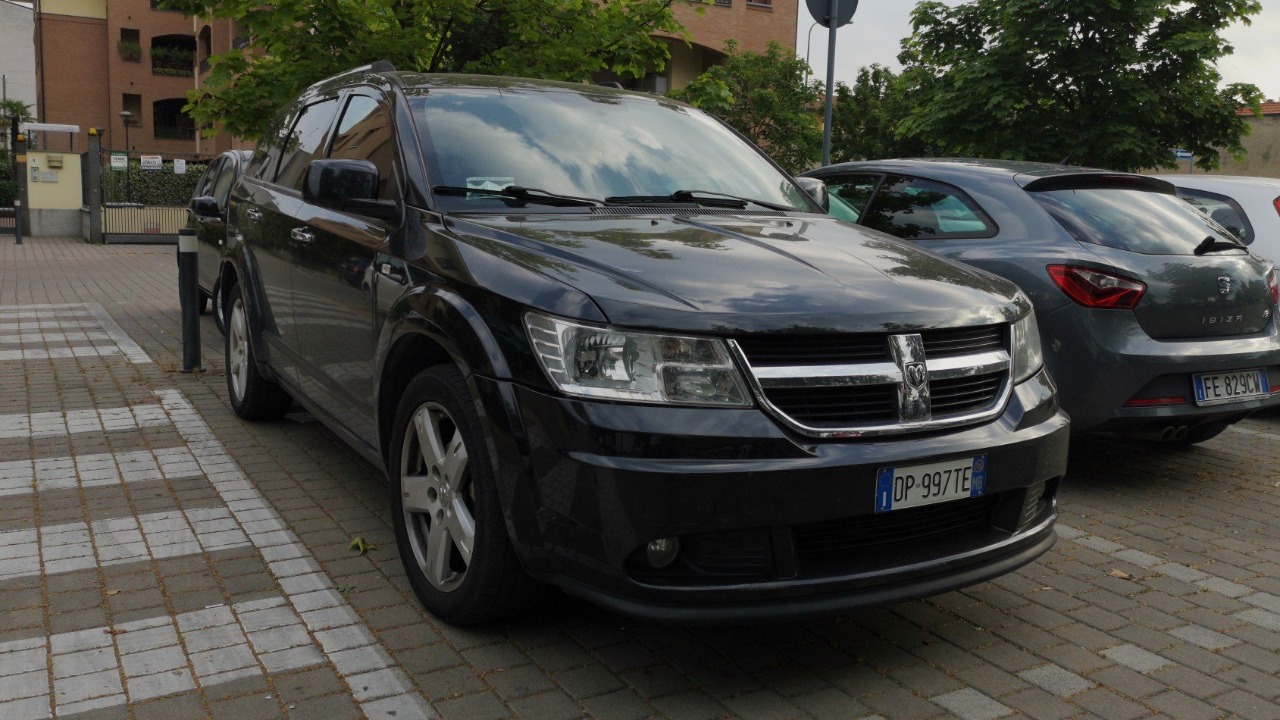
The 2019 Dodge Journey, much like the Sorento, underperformed in side impact tests. Side impacts can be particularly deadly, as they often result in direct contact with the vehicle’s occupants. The Journey’s poor performance in these tests raises questions about its safety in real-world driving conditions.
The 2018 Nissan Pathfinder: Poor Ratings in Passenger-side Crash Tests
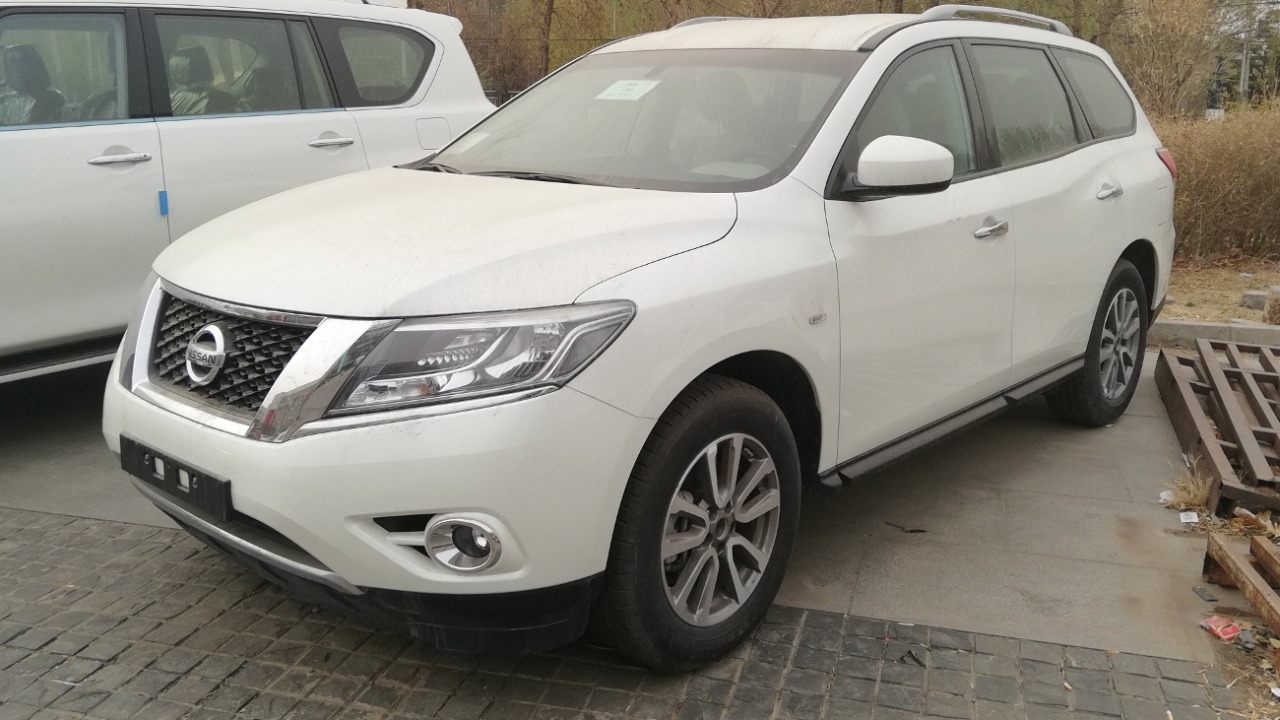
The 2018 Nissan Pathfinder also received poor ratings in passenger-side crash tests. This is a significant concern, as passenger safety is usually a high priority for SUV buyers. These results suggest that the Pathfinder may not be the best choice for those looking to prioritize safety.
The 2019 GMC Terrain: Unsettling Results in New Safety Tests
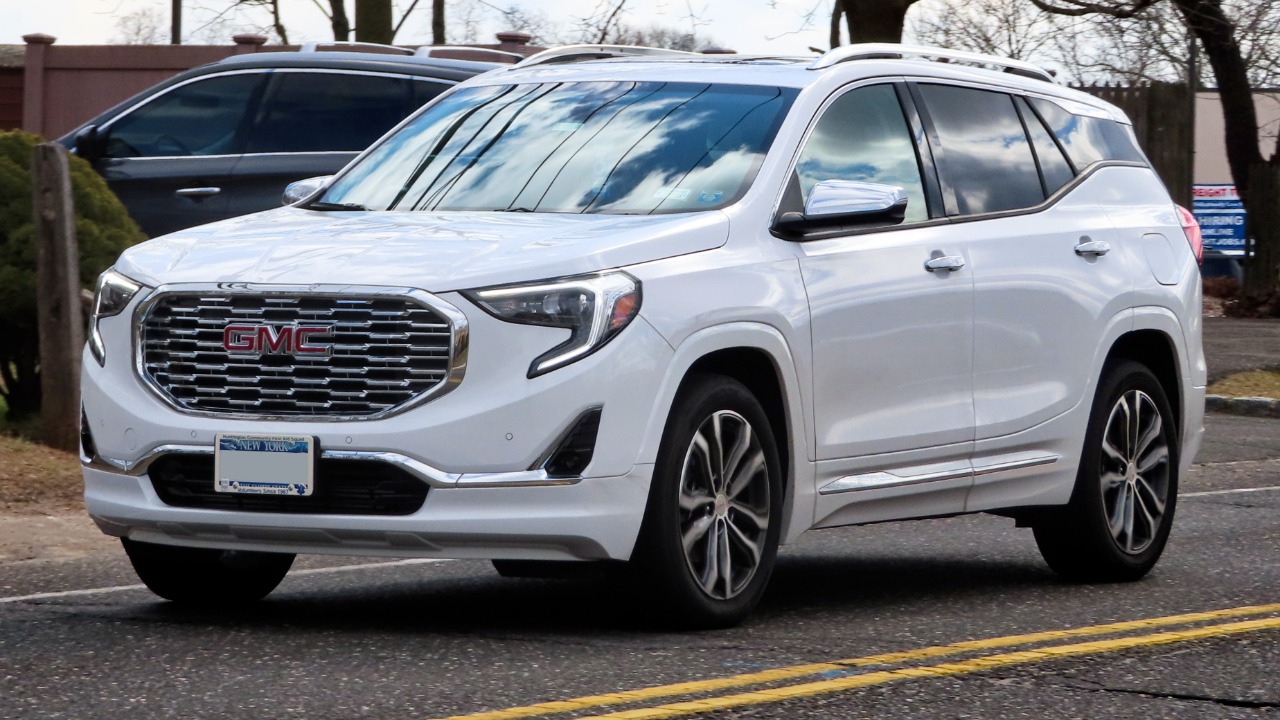
The 2019 GMC Terrain’s safety test results were unsettling. Despite its sturdy appearance, the Terrain struggled in several areas of crashworthiness. This vehicle’s poor performance in safety tests is a reminder that not all SUVs are created equal when it comes to protecting their passengers.
The 2018 Jeep Grand Cherokee: Concerning Scores in Front Overlap Tests
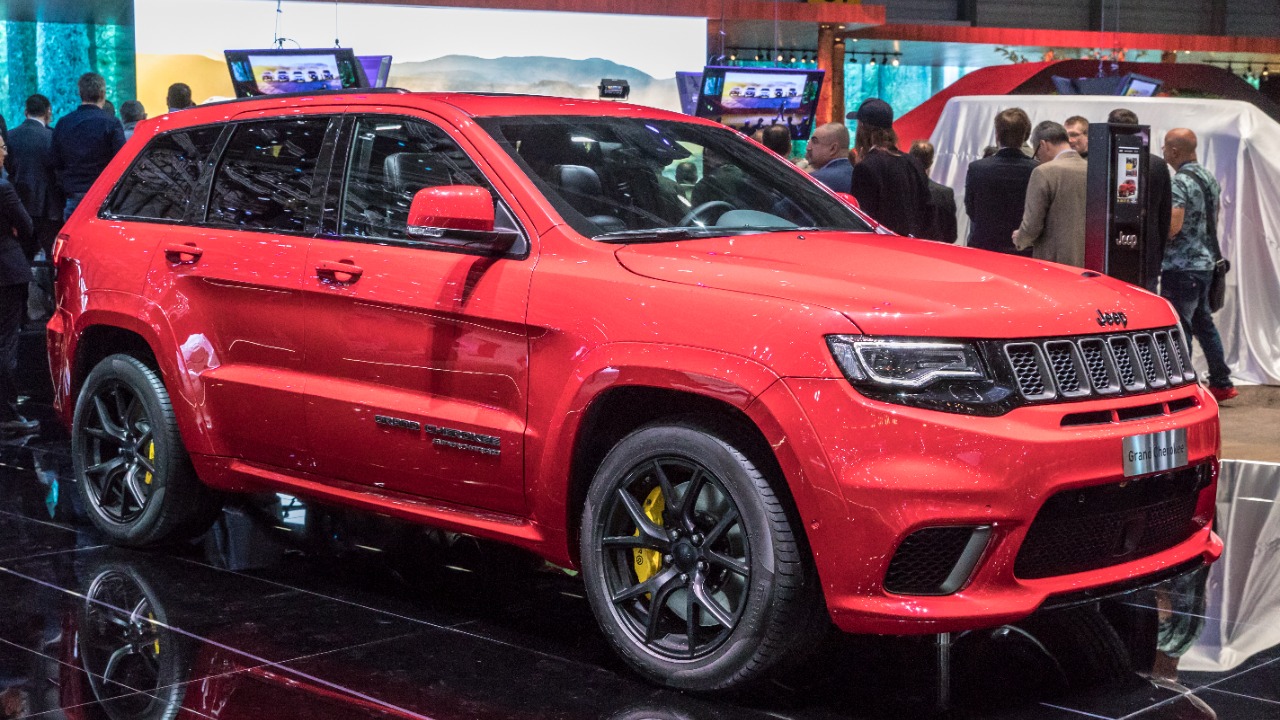
The 2018 Jeep Grand Cherokee, a favorite amongst SUV enthusiasts, received concerning scores in front overlap tests. According to Boston University Law Review, front overlap tests are crucial in determining a vehicle’s safety as they simulate one of the most common types of crashes. The Grand Cherokee’s poor performance in this area is indeed a red flag.
Choosing a safe SUV involves more than just looking at a brand name or design. As these examples demonstrate, even popular and seemingly rugged SUVs can fail to meet basic safety standards. Always research a vehicle’s safety ratings before making a purchase and remember that the most important feature of any car is its ability to protect its occupants.